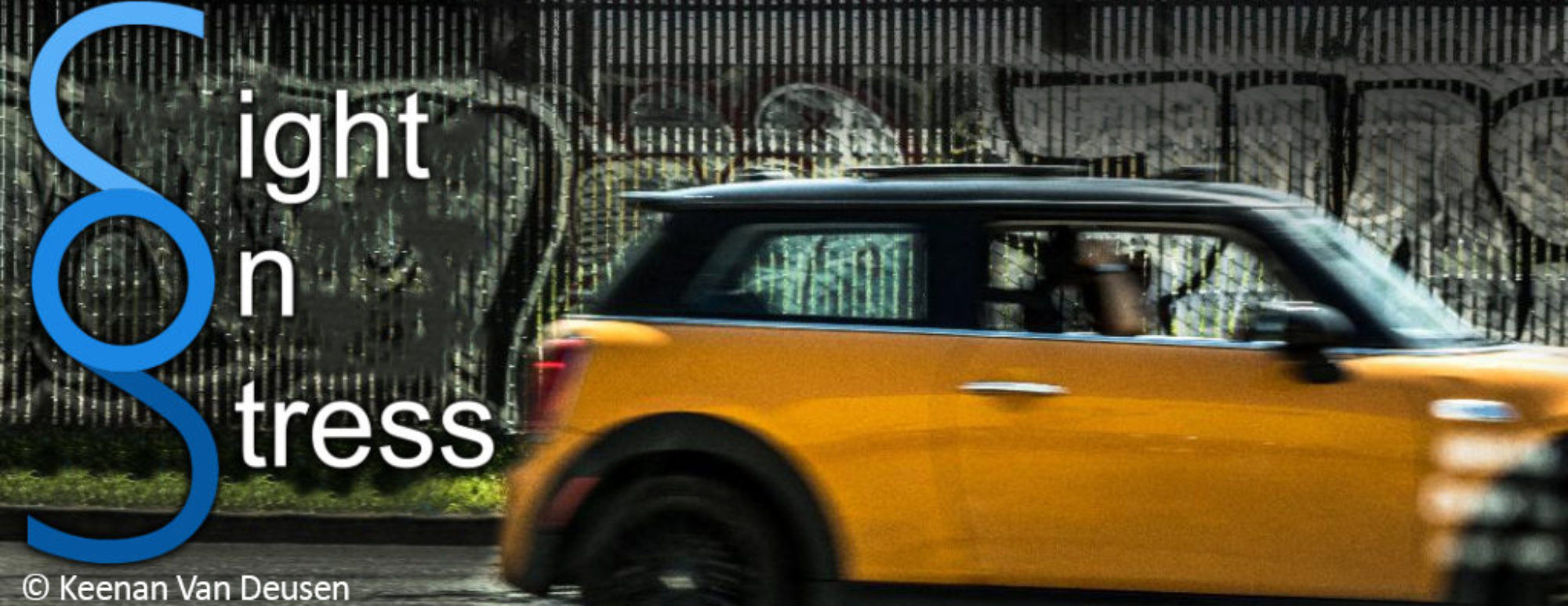Student Trauma

In this post I’m going to discuss how a student’s personal trauma can affect stress in the classroom.
At one of the most ethnically and economically diverse high schools in the state of California, filled with both urban at-risk youth and affluent kids, one teacher emphasizes the importance of knowing what students bring with them when they come to school. He’s not talking about school supplies or weapons, he’s talking about trauma, learning issues, family dynamics. “Mark” has had first-hand experience of his students’ trauma as he’s lost many of them to gang-related gun violence, not to mention had his car stolen and crashed by a couple of them. I asked Mark about this.
Student Trauma – MV: “How do you deal with your kids dying?”
M: “It’s traumatic. It affects me, still does. Students who have been killed will have family members walk the stage for them at graduation. It’s really sad.”
Student Trauma – MV: “Were you mad when your students stole your car keys, took your car and crashed it?”
M: “No. Because I understand them. They have a lot going on. I was more mad at myself for leaving my keys on my desk. I was glad they were alive as they drove it over a cliff at 80 miles per hour. If a student is acting out, I need to find out why, like, oh, they don’t know how to read what’s on the computer. Or if a kid is falling asleep in class, it’s usually because he couldn’t sleep the night before—these kids are scared, some of them don’t have parents, some of them worry their parents will be deported. ICE parks on both ends of my building. One of the kids who stole my car had been displaced from his community.”
Mark says a lot of his at-risk students don’t live anywhere, they stay places.
M: “When they say they stay somewhere it means that this is the house where they go to sleep. They are not comfortable.”
Student Trauma – Gentrification
Gentrification is forcing low-income families, usually black and Latino families out of their homes because of rising housing costs. Mark sees that the breakdown in these communities is economically-based and the biggest external stressor by which many of his students are affected. It leads to disruption in neighborhoods, gang membership as way to find community, and kids working (or drug-dealing) to support their families.
M: “If you don’t know the trauma that a student carries and you’re just that sage on the stage lecturing, they’ll be flipping through their phones. They won’t be able to relate,” Mark explains.
Student Trauma -Trauma Informed
Mark follows a model important to any school, but particularly to schools like Mark’s whose students may be gang members who have come from poor middle schools to Stanford-bound AP students. It’s called “Trauma Informed.” It emphasizes the importance of establishing safety and trust (in this case between teacher and student and among students), the importance of peer support, collaboration and mutuality, the importance of empowerment, having a voice and a choice and the importance of understanding cultural, historical and gender-specific influences. Mark approaches his students with openness.
M: “You can’t judge them or make assumptions. If a student is on his cell phone in class, instead of taking 15 minutes to take away the phone and write up a referral [to the principal], I try to find out what may be going on with that student. Maybe he doesn’t understand the assignment, maybe he can’t read. I explain that the phone isn’t helping him, but that he and other students can, because he can do something here.”
MV: What stresses your students out most in the classroom?
Stress in the Classroom
M: “The feeling of ‘I don’t know what to do.’ A lot of what we’ve done in education is we’ve told kids what to do, how to think and so they don’t know how to think for themselves.”
Student Trauma – Social Constructionism Model
Instead of telling kids what to do, Mark employs what he calls a “social constructionism model.” He gets his students to work in groups, to collaborate and learn from each other. This model can bring out the creativity in a student, make them more confident and develop strong bonds with one another.
M: “The students develop extremely strong interpersonal connections as a result of this model.”
Developing strong connections at school can be immensely important, especially given the stressors many kids face today: familial, economic, academic, social.
M: “It’s not just my at-risk students that are stressed. My affluent students are stressed too—for different reasons.”
It’s true that affluent kids have been researched as some of the most stressed in the nation, reportedly by the pressure American culture puts on them to achieve monetarily, to show they’re “somebody” by what college they go to, job they have or possessions they acquire. They are overscheduled, driven by the fear of missing out. These are the youth who suffer from ever-increasing anxiety and depression.
Given these facts, it seems more important than ever that we take a different approach to classroom learning and discipline. To simply lecture as that “sage on the stage” as Mark says, or to take a one-dimensional punitive approach to disciplining them will only serve to alienate and beat them down further.
Student Trauma – Restorative Justice
Mark lets his students know they can make a difference, but doesn’t penalize them for seemingly petty behavior such as cell phone use in the classroom. In fact, a punitive approach to student behavior is seen as archaic in many Bay Area schools who’ve implemented another ground-breaking approach to building community in schools. It’s called Restorative Justice. Mark is one of many Bay Area teachers trained in Restorative Justice which heavily emphasizes community-building through all members of the community, from administrators to teachers to students. They begin by regularly gathering in circle groups, learning to be open, be vulnerable and to truly listen to one another without judgment. Originated in tribal groups from all over the world, thousands of years ago, circle groups teach participants how to deeply see each other. Restorative Justice also encompasses harm circles that are designed to address situations in which someone has brought harm to the community. It’s a deep way of each individual in the group understanding the harmed and the one harming in the context of their lives and circumstances. It de-emphasizes behavior and looks at why harm occurred and how to heal it.
Student Trauma – Punitive Models
Mark agrees that the punitive models that simply suspend or expel kids disrupt trust. He believes in understanding each student’s story to help the student and the teachers and staff increase awareness vs simply react to a “behavior, “a word Mark says is limited in and of itself. Mark maintains that teaching with this aim in mind and practice, being open, caring about the kids and helping them form connections at school is why he’s only written one referral to the office in the last three years. Even then, Mark’s aim was to bring in the parents to get a conversation of understanding going, not to punish.
Student Trauma -MV: “Many would deem the schools you’ve worked in “rough schools.” Have you ever felt unsafe?”
M: “I have never felt unsafe. I get these kids.”
Getting the kids is what makes Trauma Informed, Social Constructionism and Restorative Justice work. If any human feels truly “gotten” he is less likely to act out and more likely to ask for help. If school administration and teaching staff is trained in how to truly listen and see a student in the context of her story, and if, they too, make themselves known as human and fallible, a relationship of safety is built. And relationship safety and community is our best shot at reducing stress in the classroom. I believe Mark’s classroom exemplifies how to make it happen.
You might also be interested to read:
• Three Simple Three Ways to Decrease Stress in a World of Technology and Information Overload
• Nature as a Stress-Reliever
• Helping Kids be Resilient to Stress
Dr. Van Deusen received her PhD in Clinical Psychology from the California School of Professional Psychology in Los Angeles in 1992. She has cultivated deep knowledge of attachment theory and stress and has worked with various populations over her two and a half decade career. Her practice is in Seattle, Washington. Buy her book Stressed in the U.S.: 12 Tools to Tackle Anxiety, Loneliness, Tech-Addiction and More here

